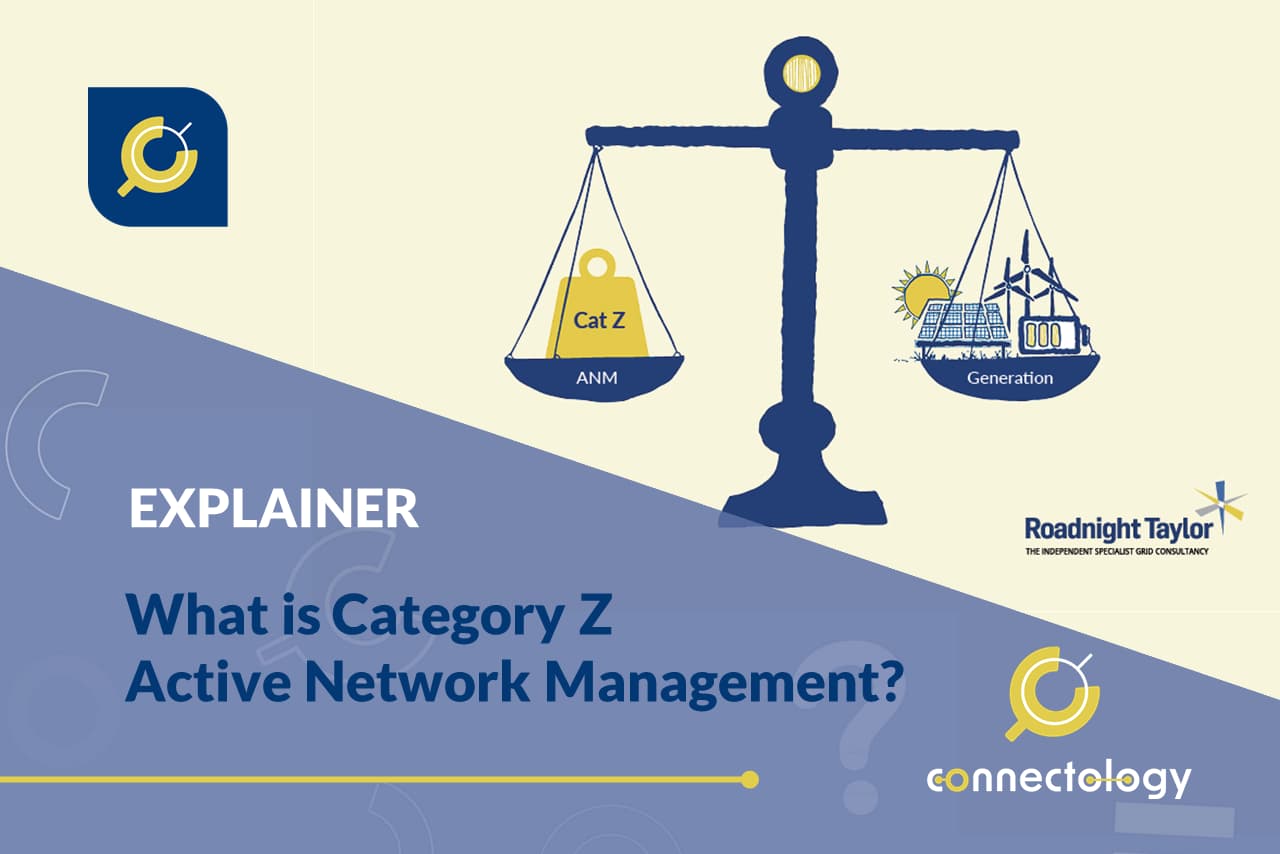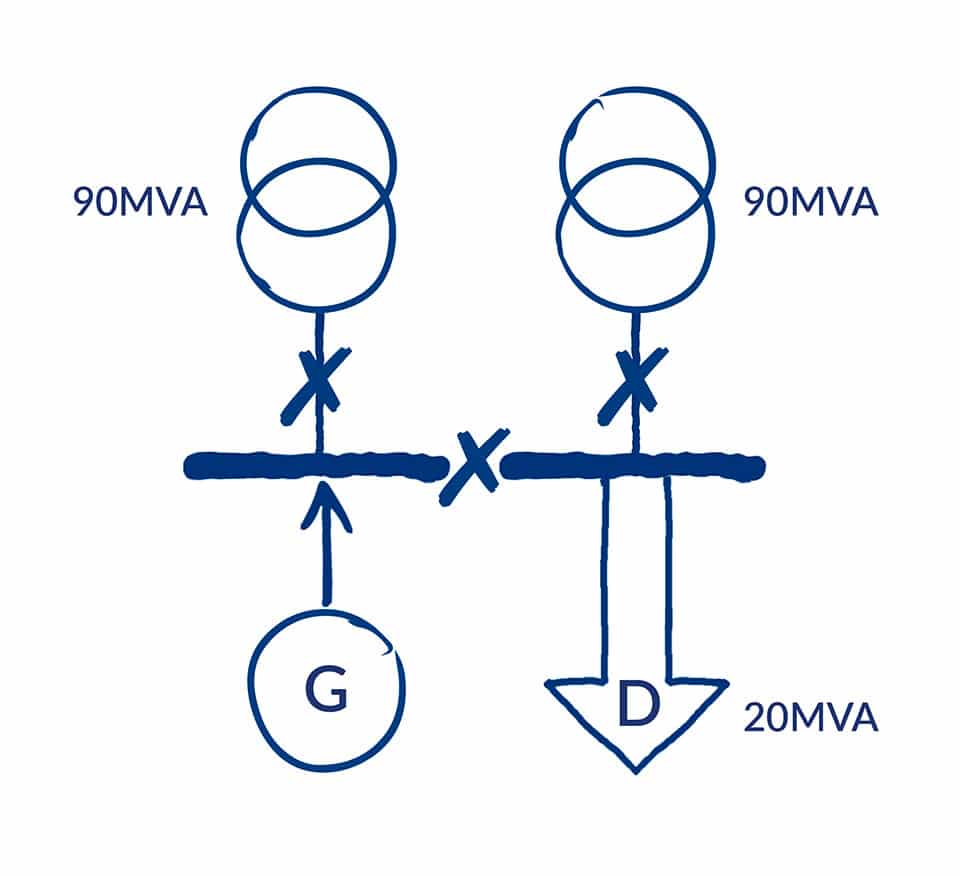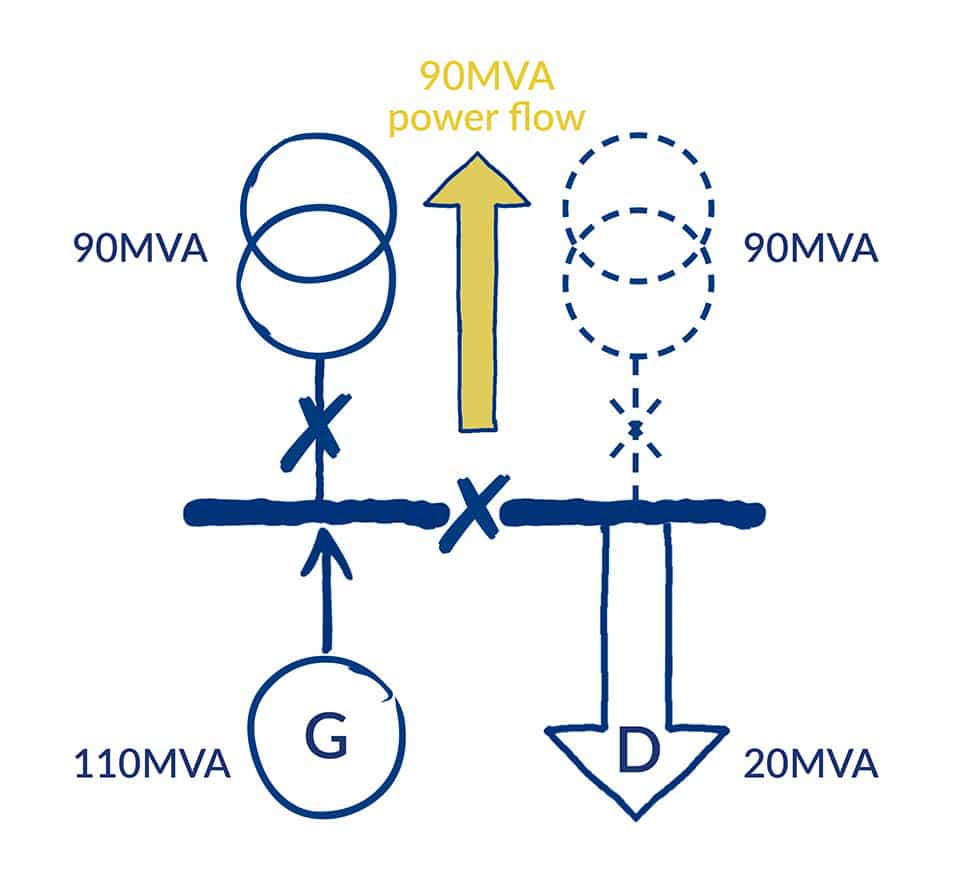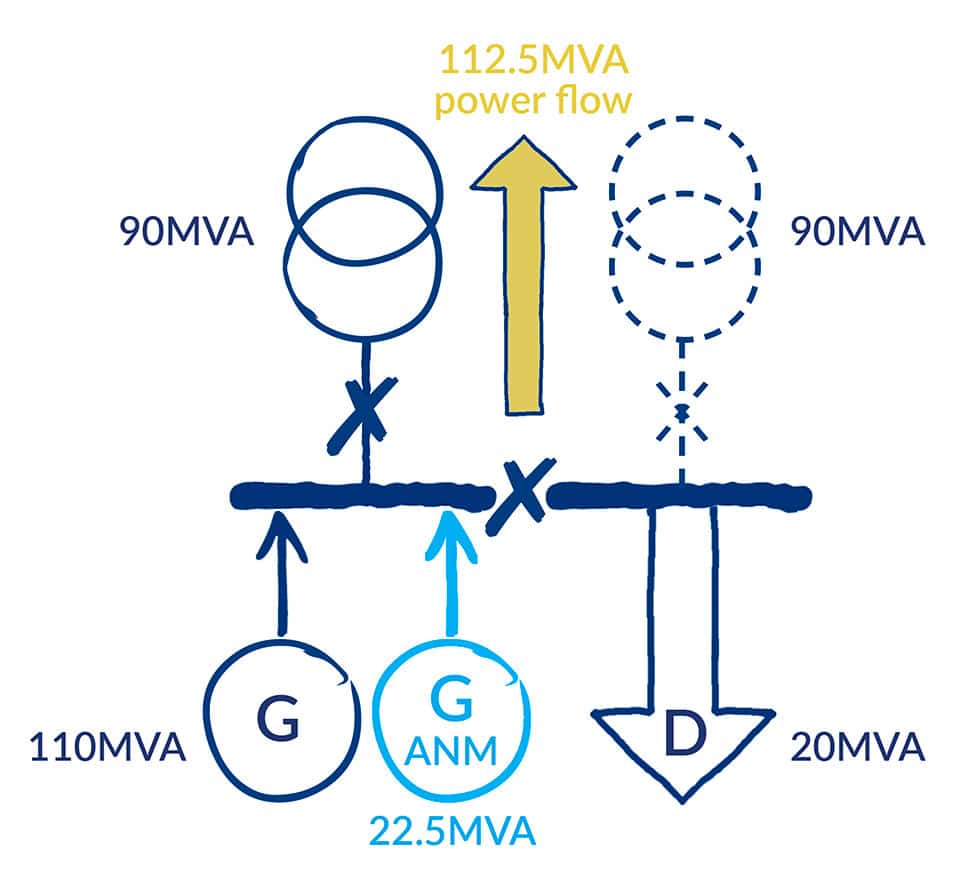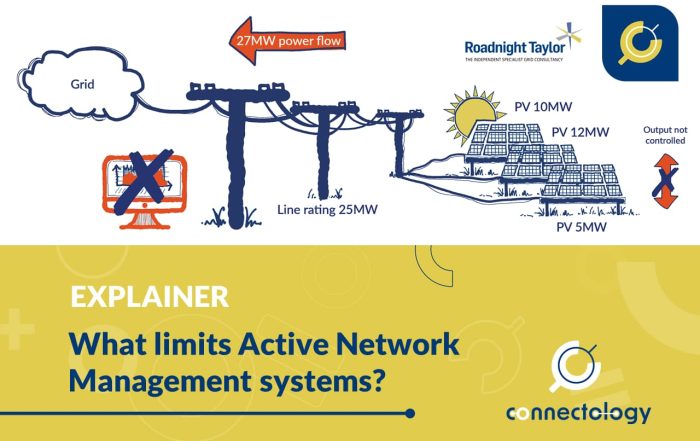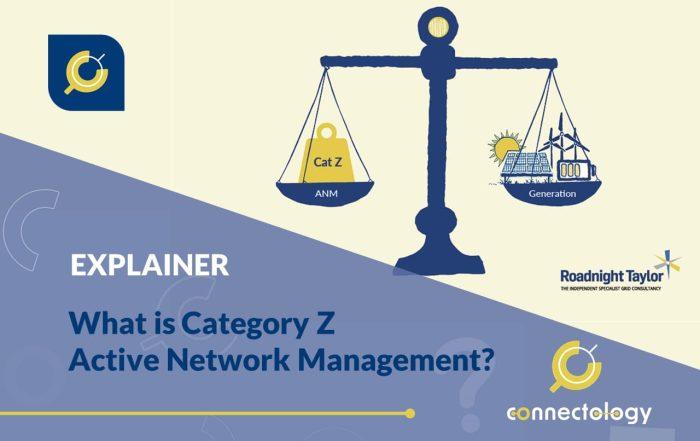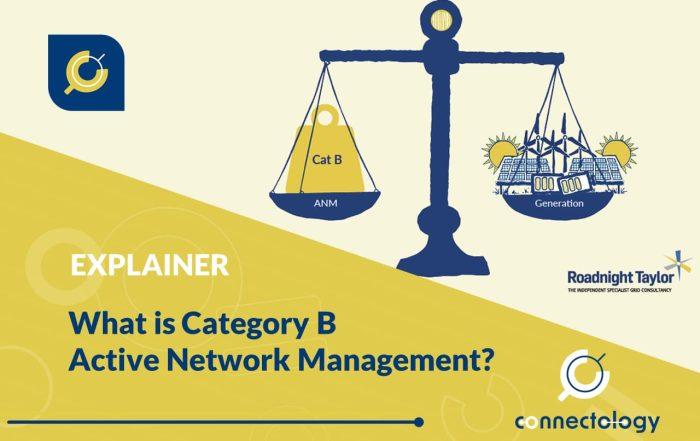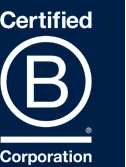What is Category Z Active Network Management?
Category Z Active Network Management is a legacy system rolled out by National Grid Electricity Distribution to control the technical limits of ANM and allow more generation to connect to the power network. No new Category Z systems are being rolled out and existing installations are being upgraded to Category B.
Article by Pete Aston – acknowledged expert in ANM systems
Pete joined Roadnight Taylor from Western Power Distribution (WPD), the UK’s largest Distribution Network Operator (DNO) and world-leading pioneers of ANM. Heading up WPD’s system planning team, Pete was responsible for the design of, and all connections to, its extra-high voltage networks. He was also responsible, amongst other things, for overseeing the roll out of ANM across all four of WPD’s licence areas.
First written: 07 December, 2021. Updated: 31 July, 2025

Active Network Management (ANM) systems have both technical and financial limits. Accordingly, Distribution Network Operator, National Grid Electricity Distribution (NGED), has developed different categories of Active Network Management (ANM) systems, starting with Category Z ANM and Category B ANM.
Category Z ANM is the more simple of the two categories and is the previous version rolled out across many parts of NGED’s network. It has now been replaced with Category B ANM schemes.
To assess the technical limit for this category, NGED looks at the worst-case scenario of:
- the ANM system failing; and
- all generators in the network then operating at full output; and
- one (or in some parts of the network two) circuits and/or transformers switched out.
In this worst-case scenario, they will allow up to 110% loading on any overhead line or 125% on any other item of plant (such as a transformer or underground cable).
An example of Category Z ANM in practice
The diagrams show how much generation could be connected to a Category Z ANM system on a standard two-transformer 132/33kV substation.
The example below is a substation with two 90MVA transformers, some generation, and a minimum demand of 20MVA.
Ignoring ANM, a DNO will typically assess how much generation can connect by assuming one transformer is switched out (for maintenance or a fault). In the case below, the rating of the one remaining transformer is 90MVA, plus the minimum demand of 20MVA, means up to 90+20=110MVA of generation can connect without ANM.
If NGED wants to use a Category Z ANM system to connect more generation to this substation, it needs to consider the worst-case scenario outlined above. With one transformer switched out, the rating of the remaining transformer is 90MVA. So, the max allowed power flow through that transformer is 90MVA x 125% = 112.5MVA. Thus an additional 112.5-90 = 22.5MVA of generation that can be added by using a Category Z ANM scheme, as shown below.
So, in this example, the Category Z ANM system has only allowed an additional 20.5% of generation.
The impact of Category Z ANM on curtailment
It’s worth pointing out that Category B and Category Z ANM don’t change the level of curtailment experienced by the generators. In two identical networks with the same generators, the first customer in the ANM queue would have the same curtailment in both Category Z and Category B. The only difference is that the Category B system would allow more generators to connect, so it could ultimately have a much longer ANM queue. One outcome of this is that Category B systems, which allow more generators to connect, will inevitably lead to customers at the bottom of the queue experiencing high levels of predicted curtailment. Category Z systems will typically fill up before curtailment levels get extremely high.
What Category Z ANM means for potential projects
No new Category Z schemes are being rolled out. Customers on existing Category Z ANM schemes will continue to operate, but eventually these schemes will be replaced with the Category B schemes.
Roadnight Taylor can help you understand ANM connection for your projects.

